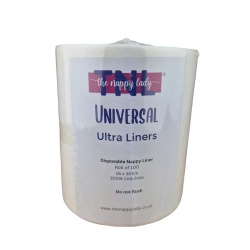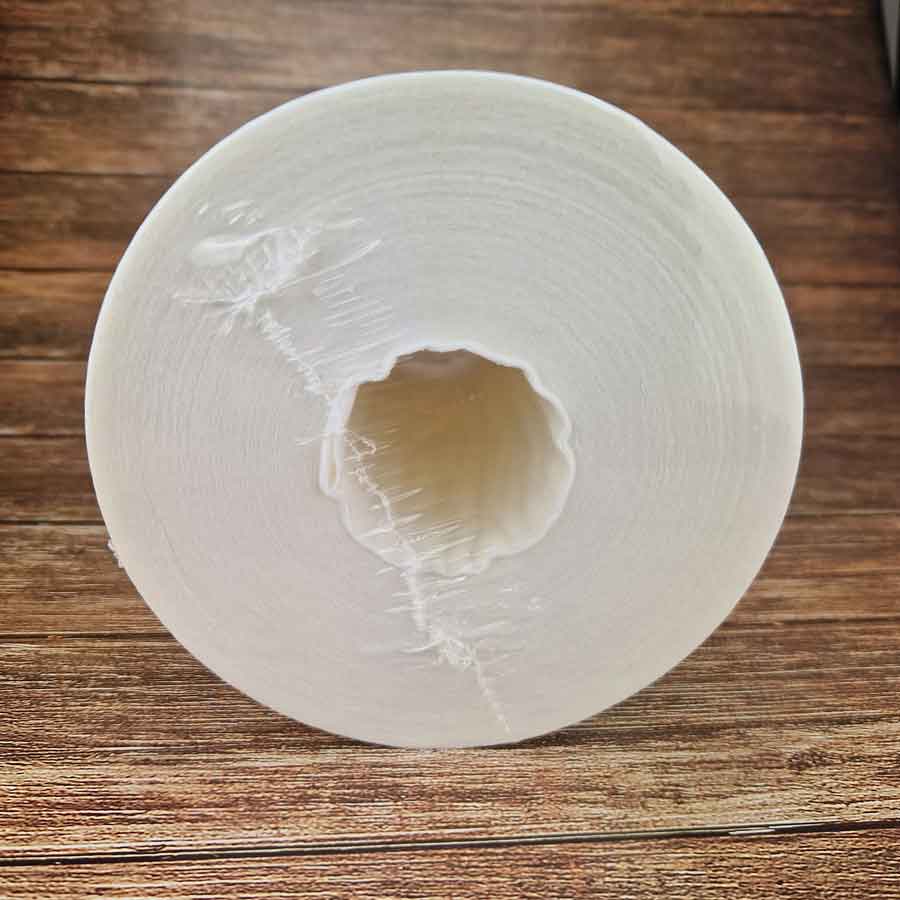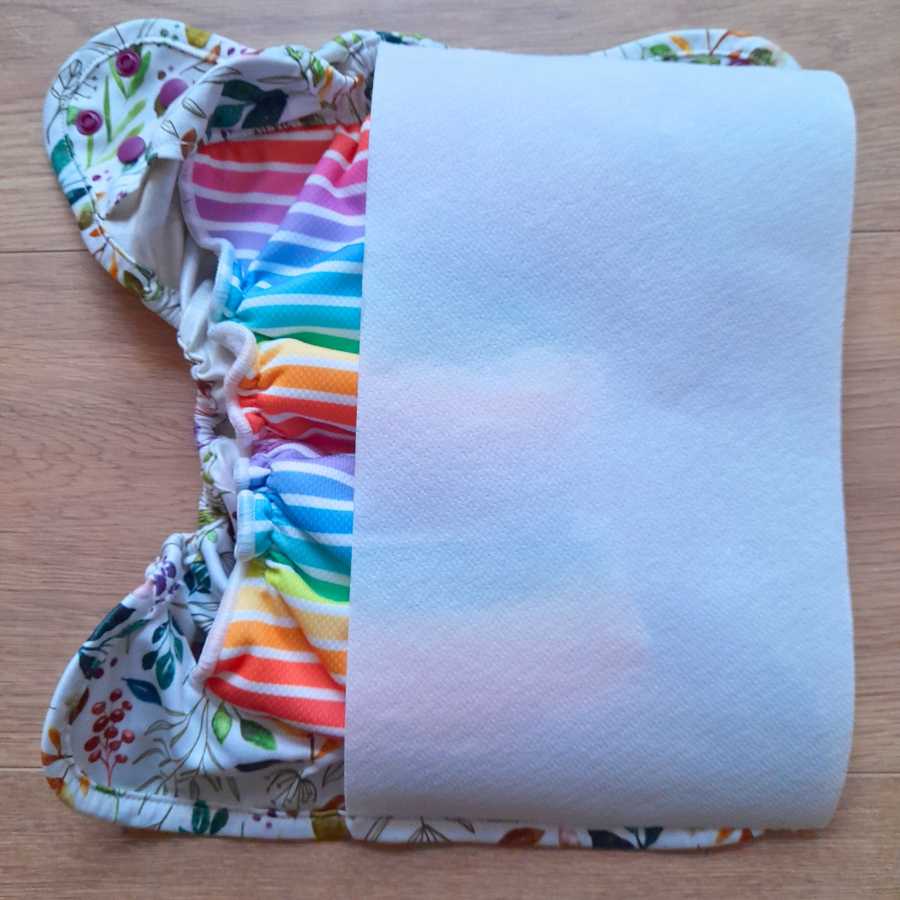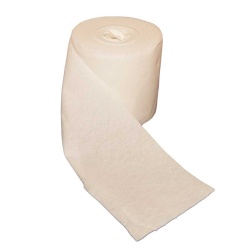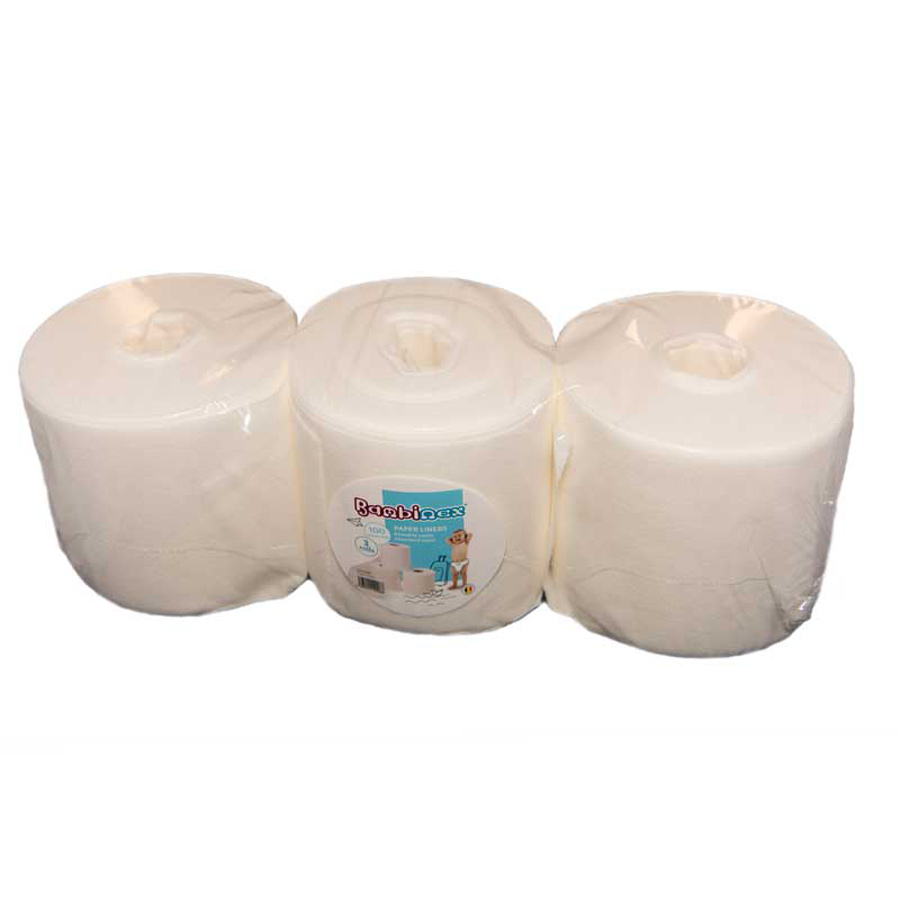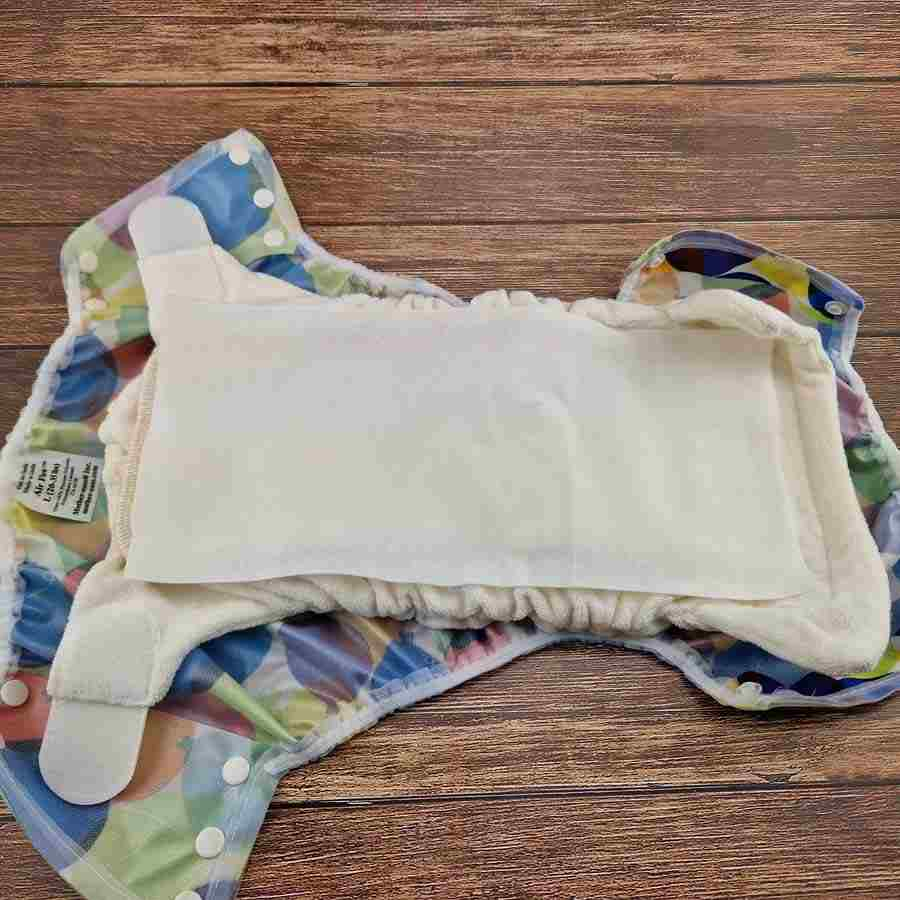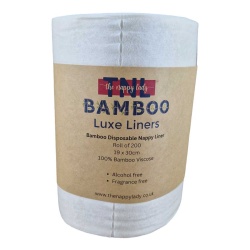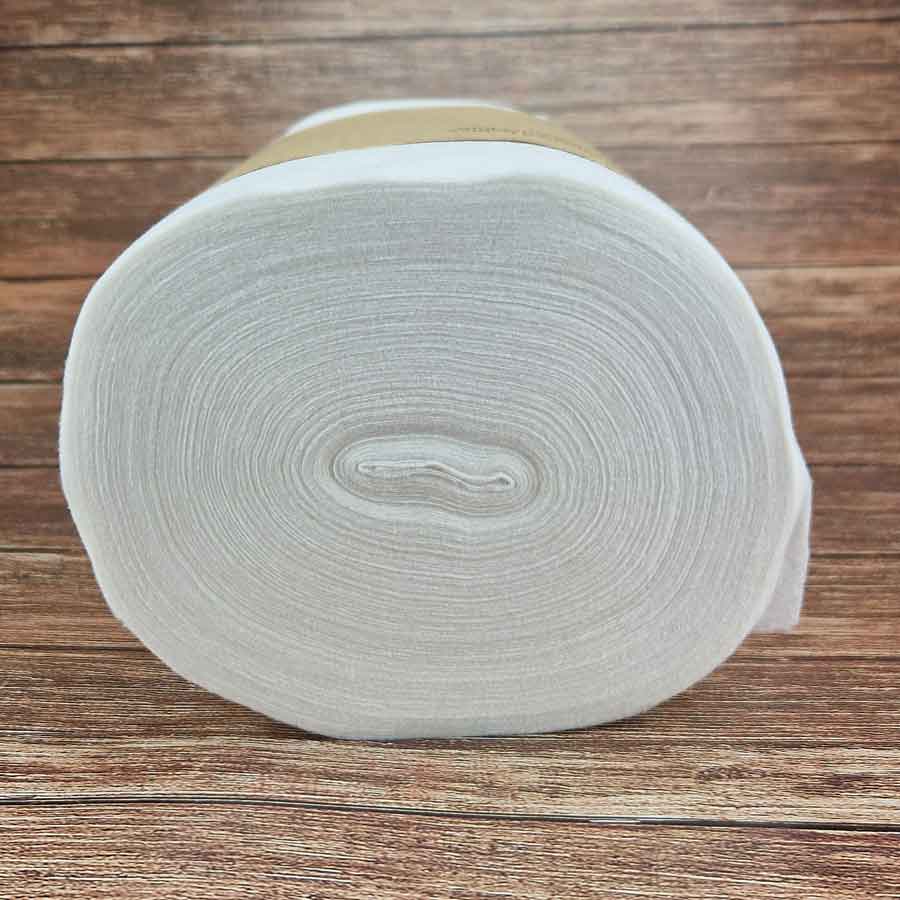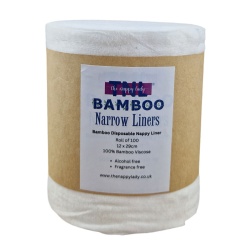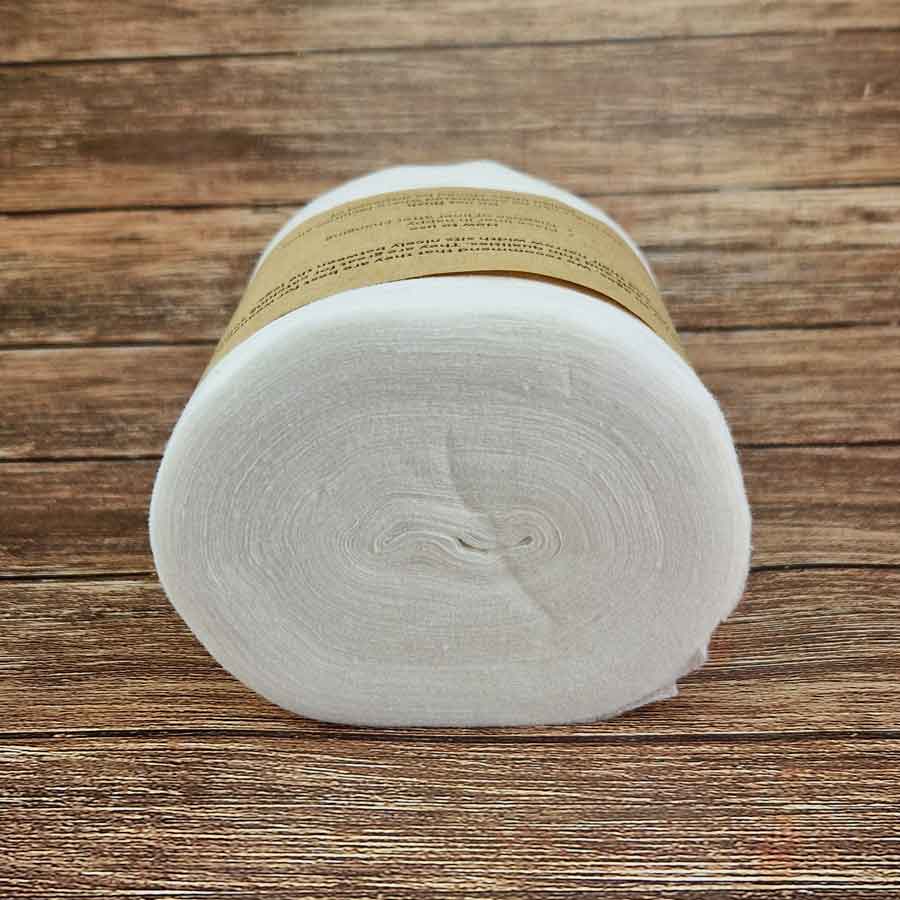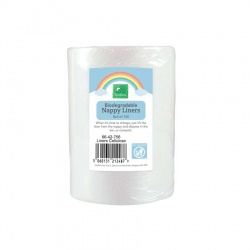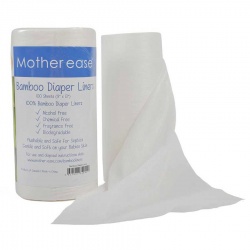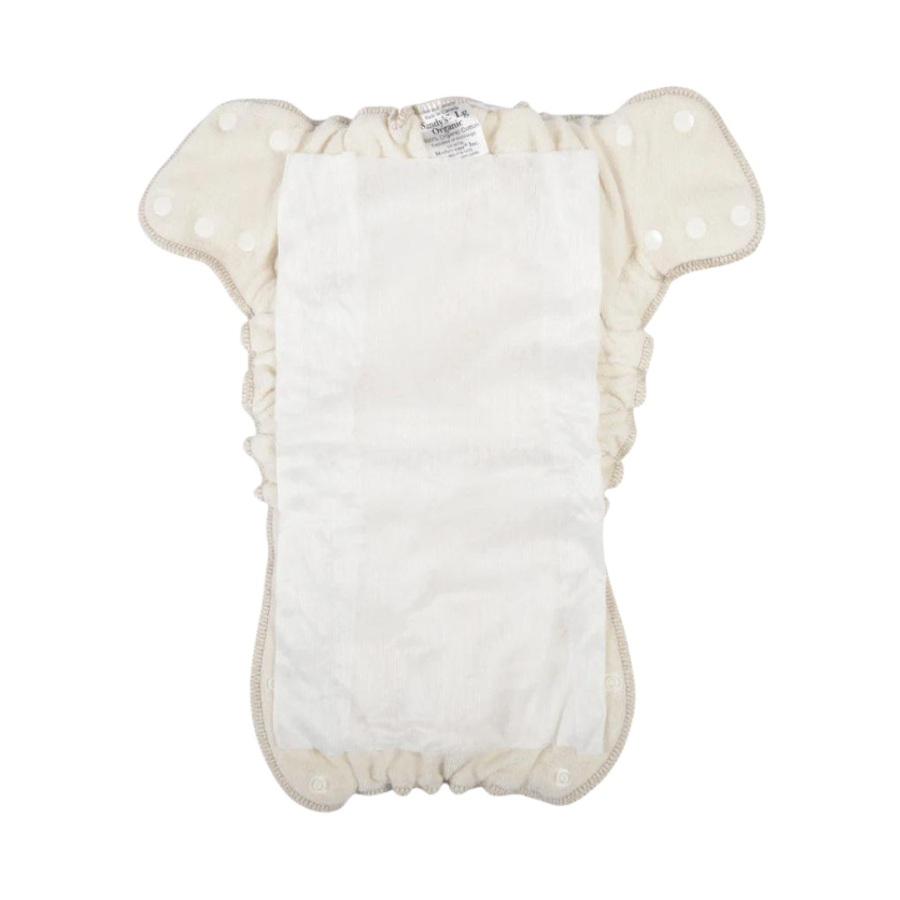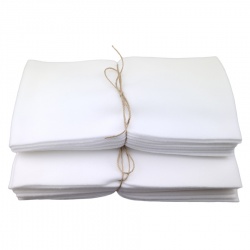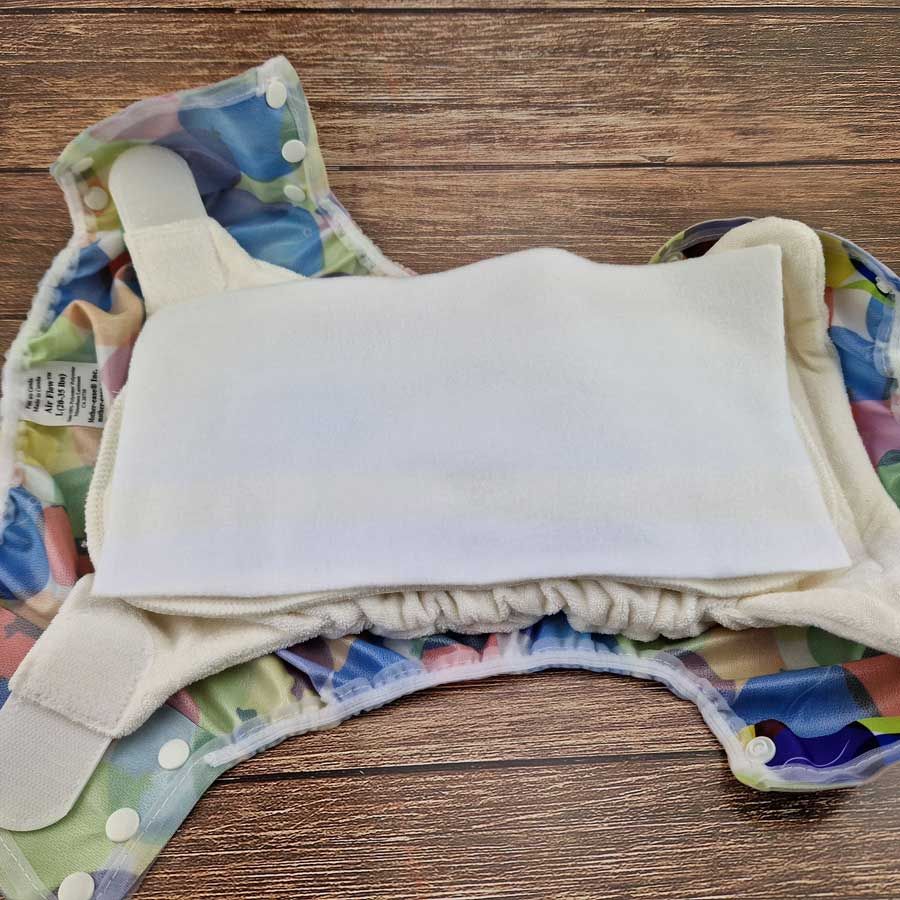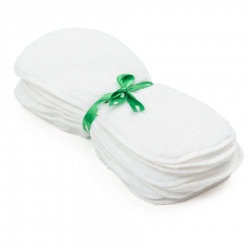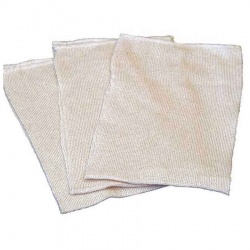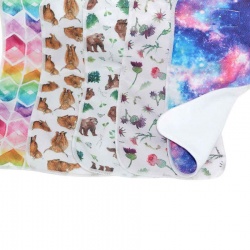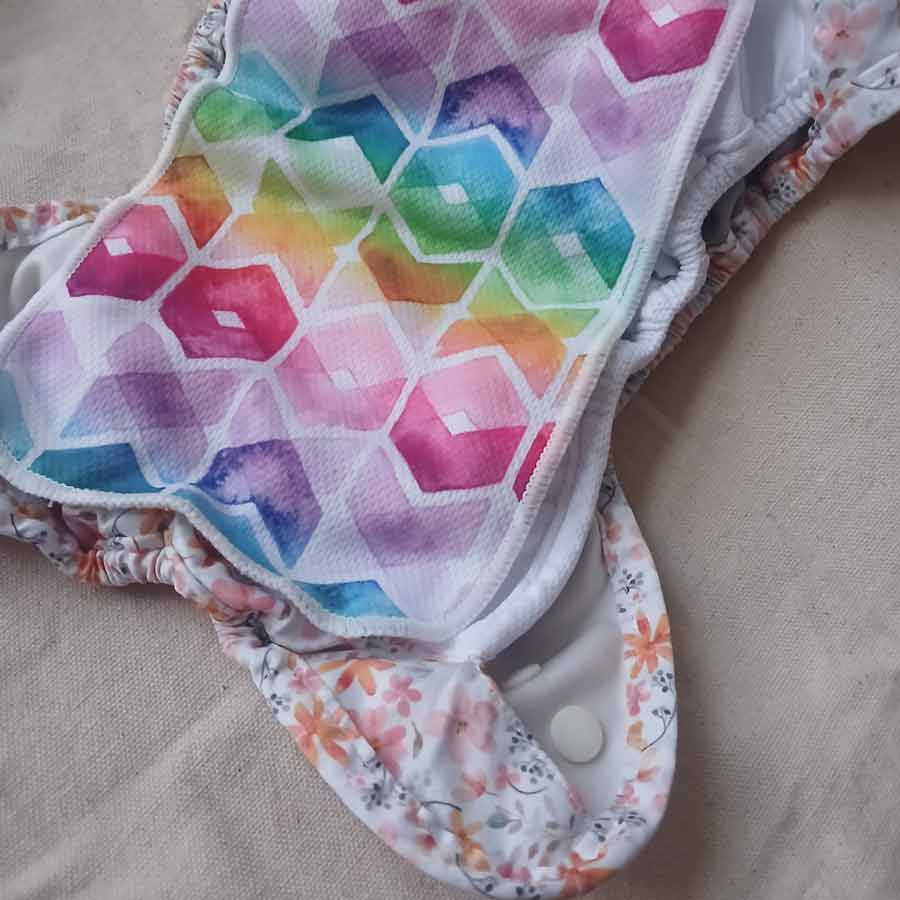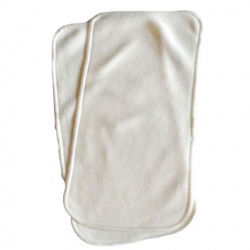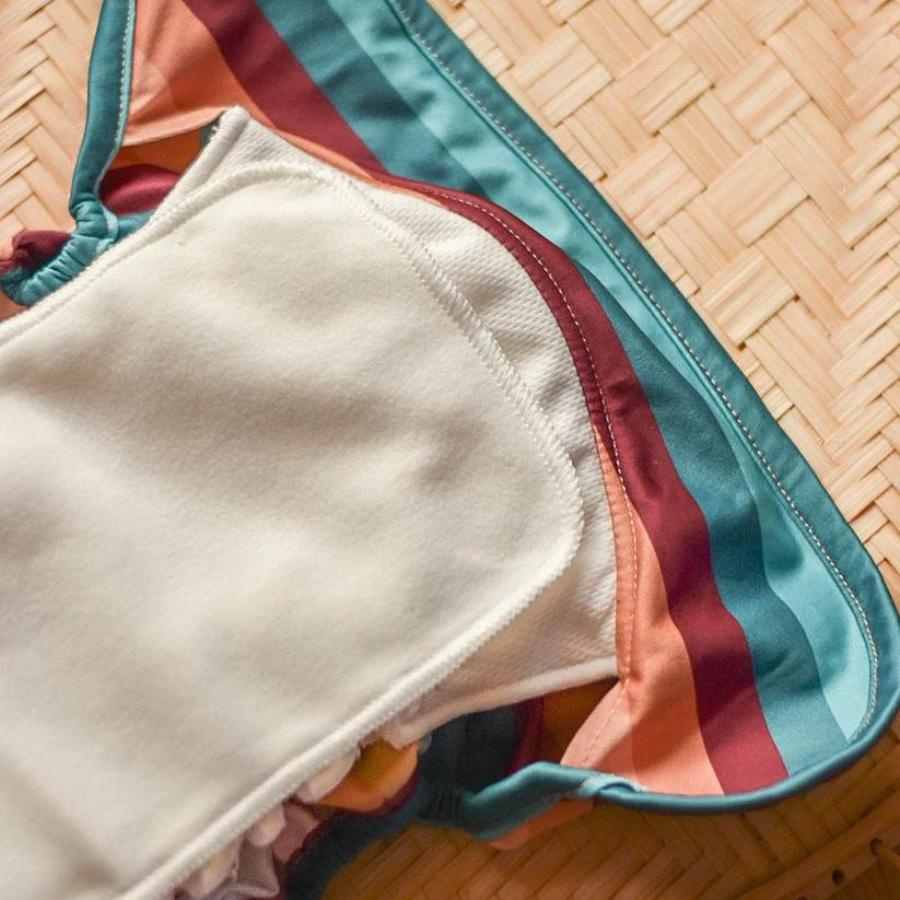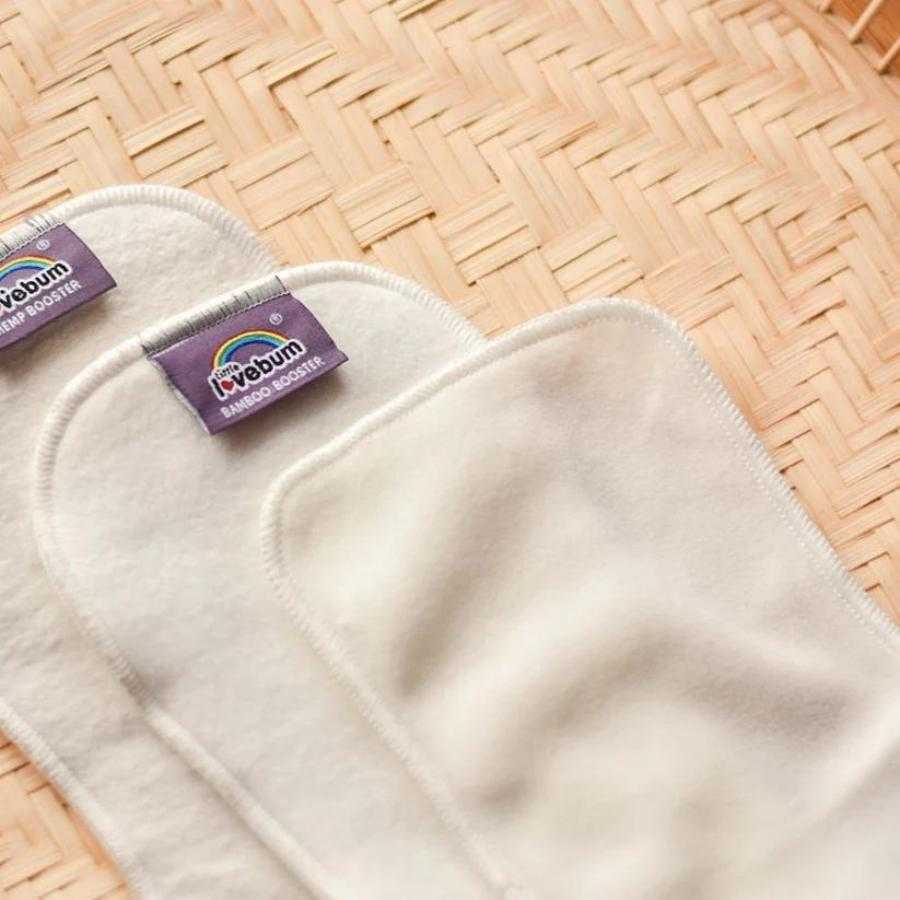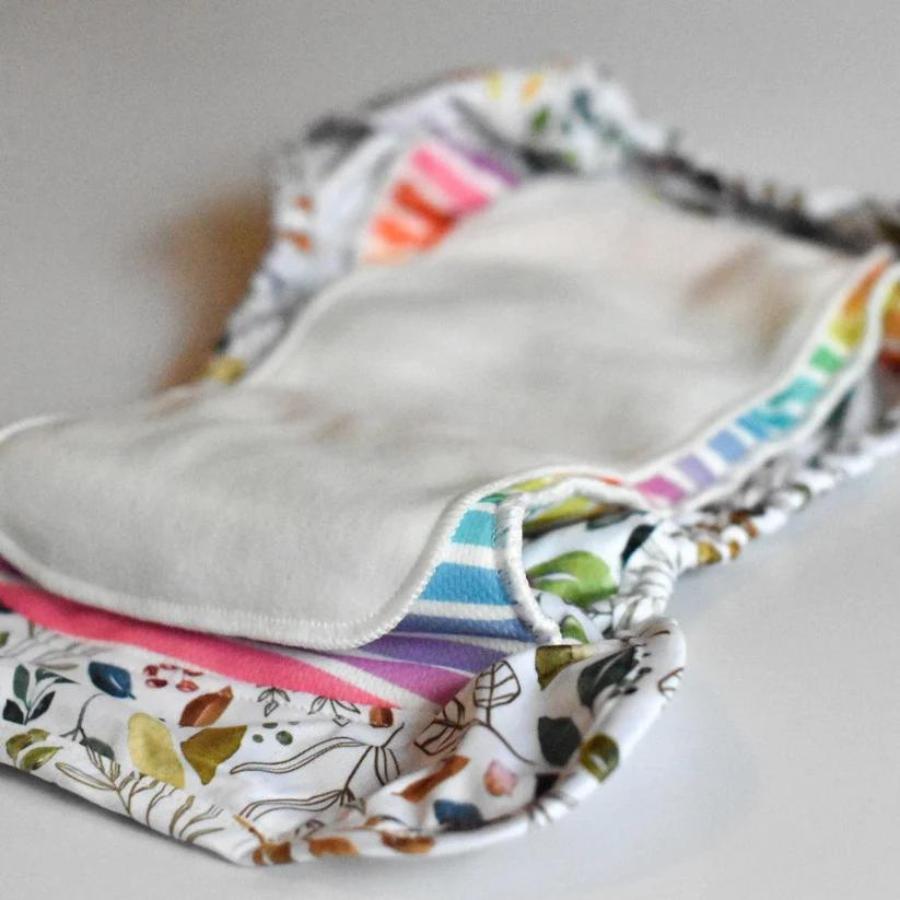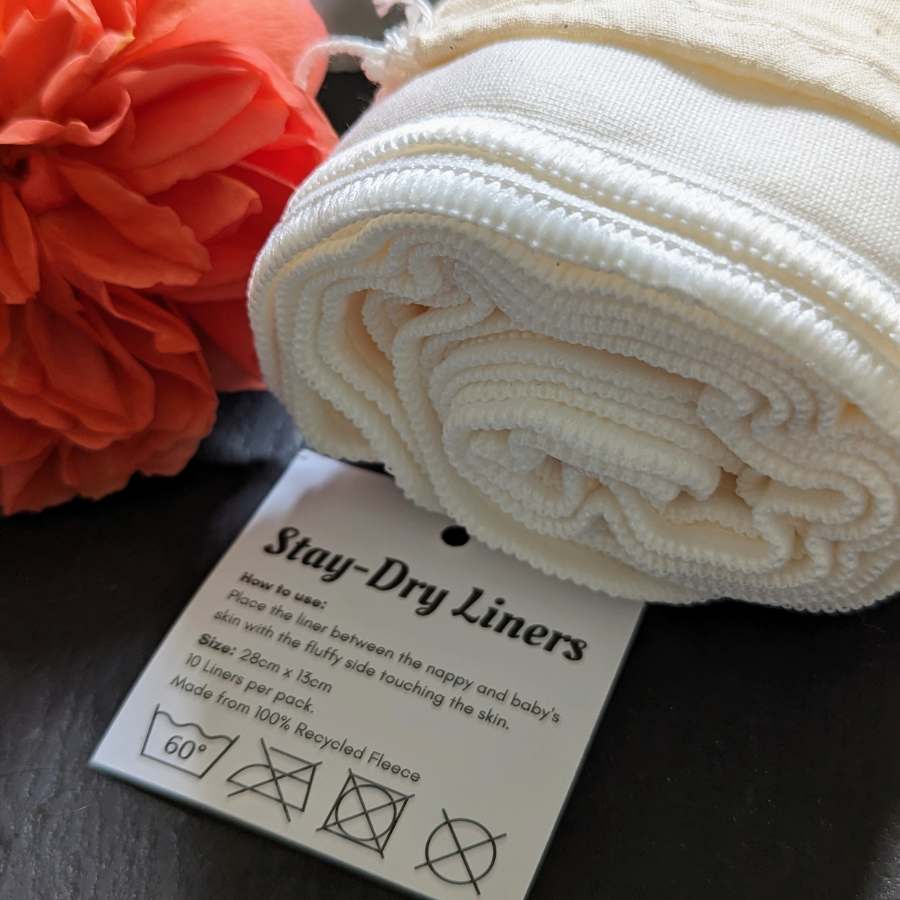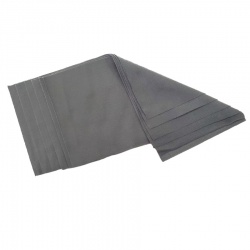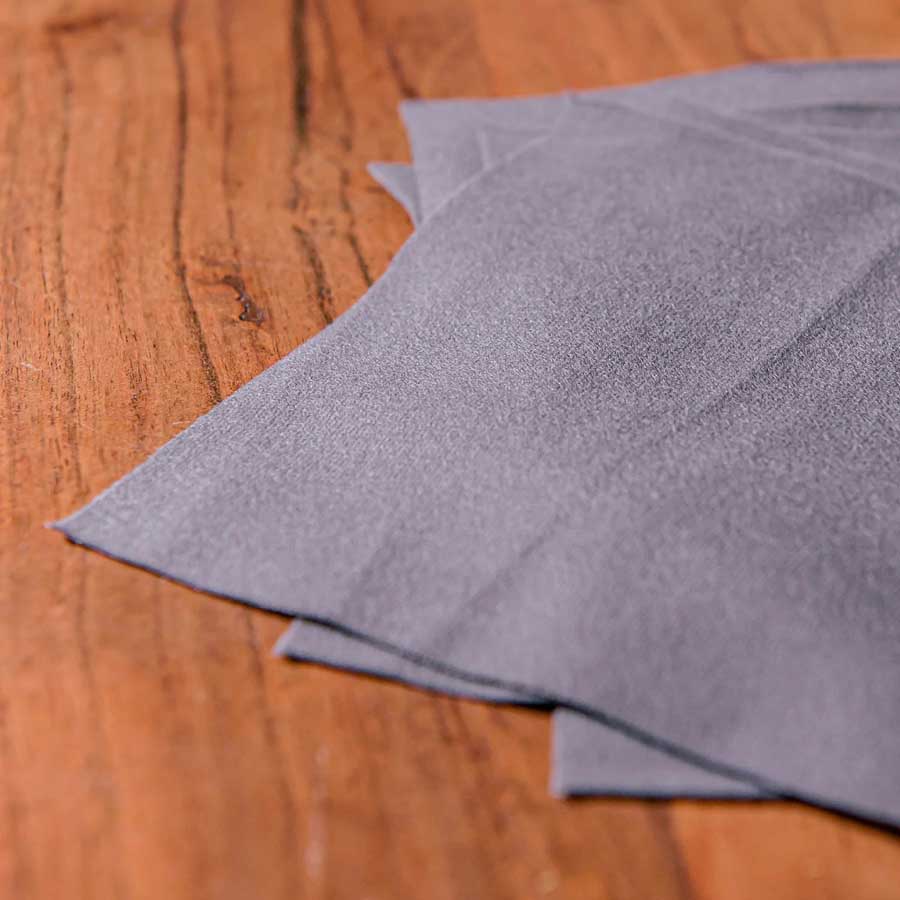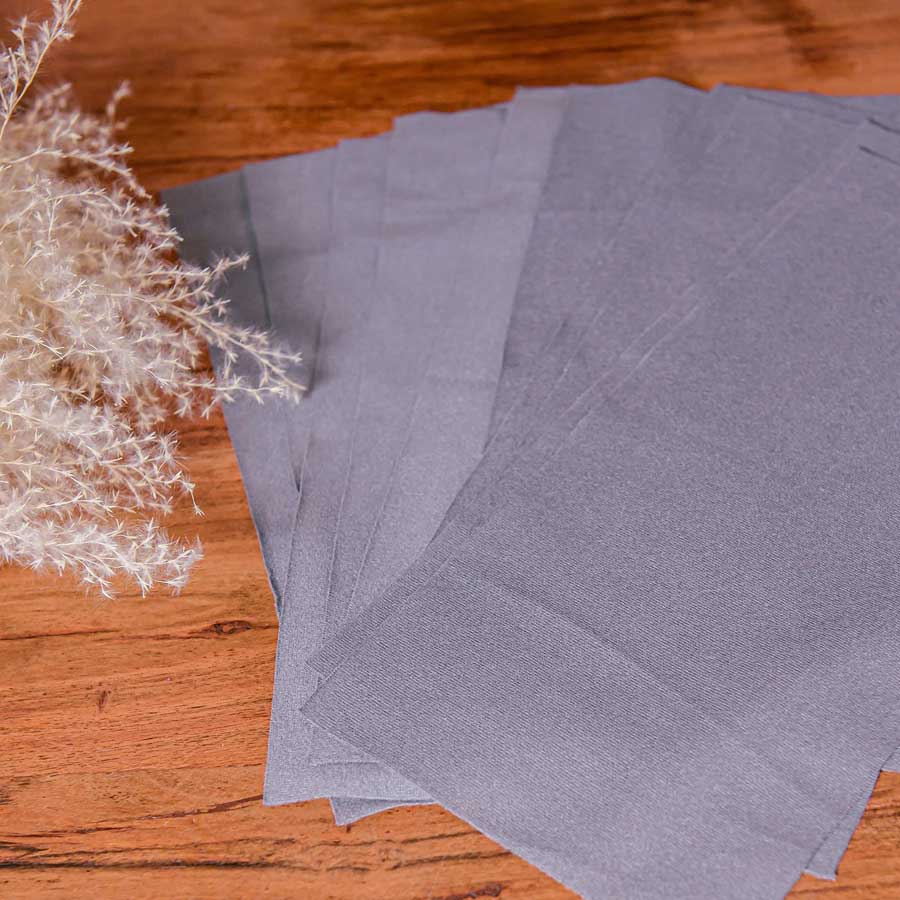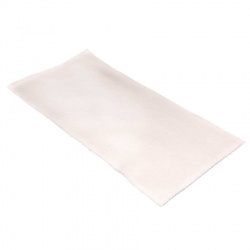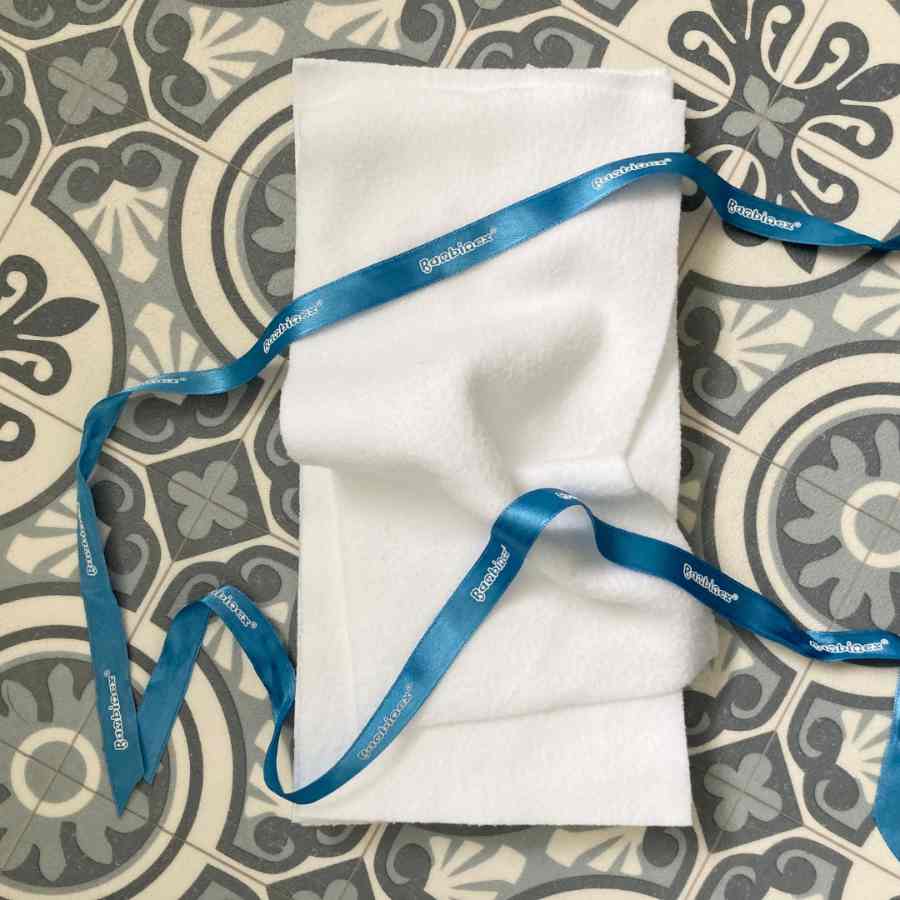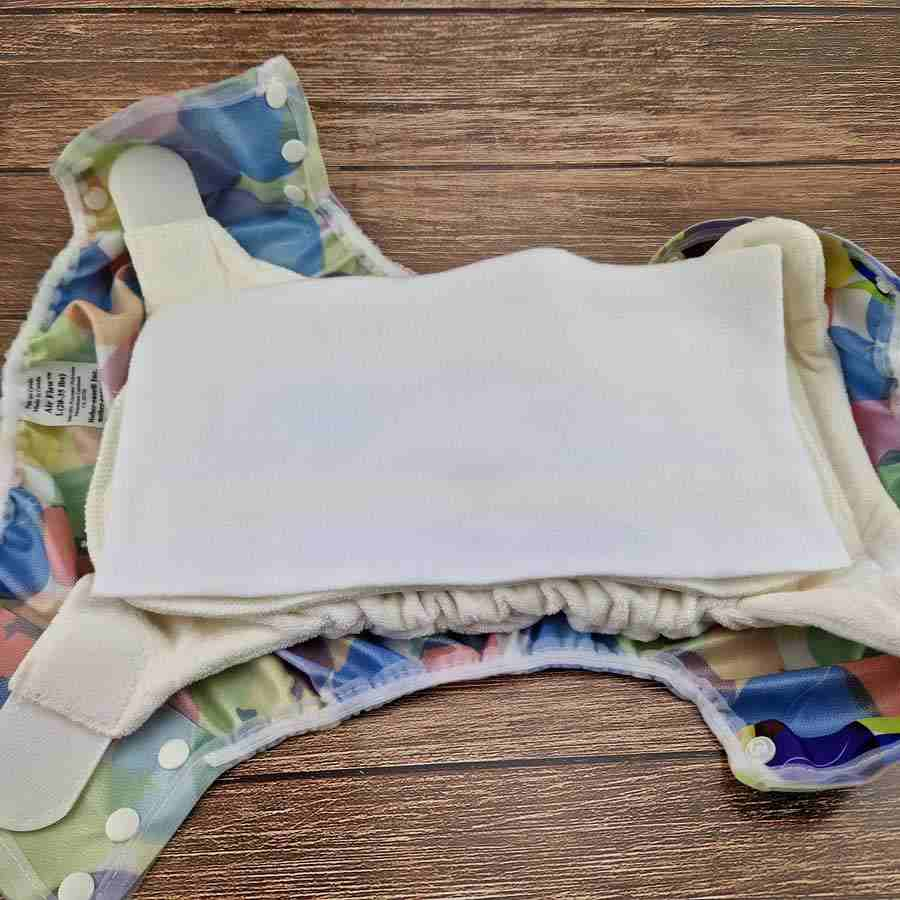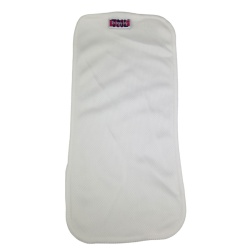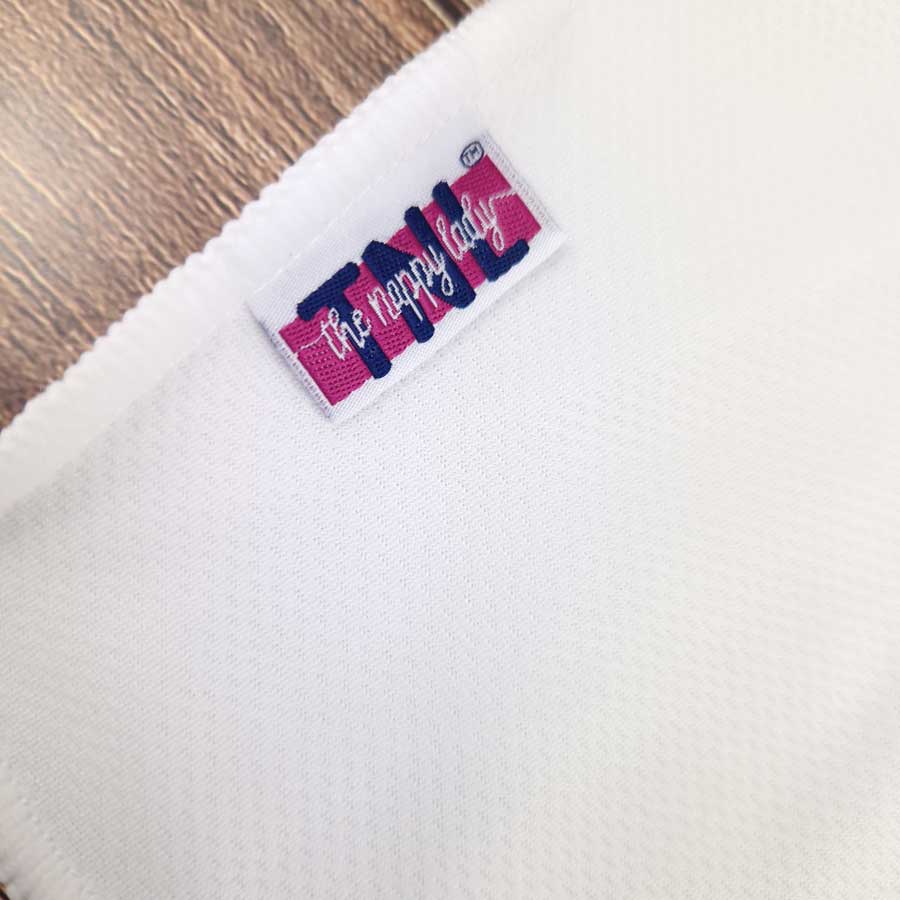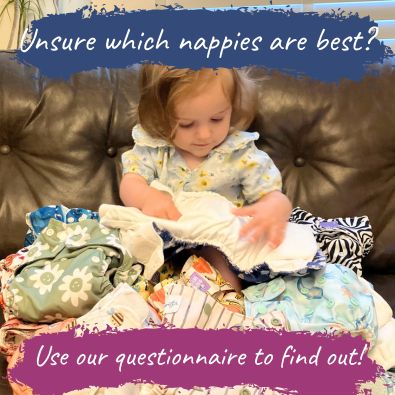Do I Need Nappy Liners in Washable Nappies
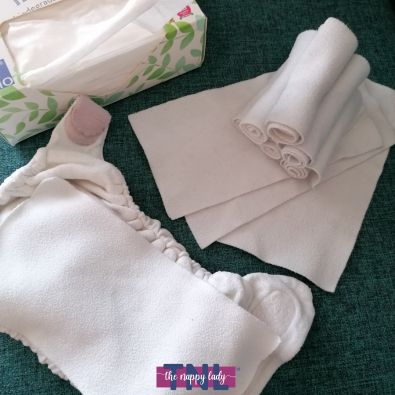
At The Nappy Lady we frequently get asked if you need to use a nappy liner in a reusable nappy (or cloth diaper for our overseas friends).
The simple answer is NO.... BUT nappy liners do make changing pooey nappies much simpler! Read on to learn about your two nappy liner choices.
What Is The Purpose Of Cloth Nappy Liners
Nappy liners provide a layer of fabric or paper that catch solids and allows urine to penetrate through into the nappy underneath. Nappy liners make nappy changes easier and quicker plus also reduce soiling.
You place your nappy liner of choice on top of the nappy so it's the layer closest to baby's skin.
What Does A Nappy Liner Do?
A cloth nappy liner is the last layer that goes inside the nappy, nearest baby's skin. The liner does two things:
- It allows urine to pass through, but as the liner is non absorbent, it cannot return, thus keeping baby's bottom a bit drier.
- It catches any poo, and the whole thing is then easy to dispose of either in the bin or sluiced in the toilet.
Comparing disposable liners and reusable liners


Disposable Nappy Liners
Disposable nappy liners are also known under some alternative names such as paper nappy liner, disposable nappy liner or biodegradable nappy liner - different names but they mean the same product.
Disposable Nappy Liners For Newborns
When a baby is newborn, they only take in liquid, so what comes out will be very runny too! The best disposable liners for pre-weaned babies are the Universal Ultra Liners or Bambinex liners. These are lovely thick liners so catch more of the liquid poo.
If little one has a very explosive bottom any nappy liner may well not catch all of this, although if you have a good nappy and wrap you should not get staining onto clothes. Even if you do get leaks, bear in mind that disposables often leak runny poo at this age as well; stories of disposables and poo up to baby's neck are very frequent.
Once your baby is weaned, the liner will be much more effective at catching ALL the poo. In the meantime, if you have chosen your nappy well, your nappy should catch anything the liner misses, so you may just have to rinse your nappies in the early days.
Many people continue to use the great quality Universal Ultra liners or Bambinex disposable nappy liners all the way through their nappy time. The Bambinex liner is especially good for birth to potty all in one/pocket nappies as it's narrower than others so fits inside the nappies perfectly.
These are are our best selling thick quality liners:
Disposable Nappy Liners For Weaned Older Children
Some brands of paper liners, such as the Bamboo Luxe Nappy Liners, Bamboo Narrow Nappy Liners or Tots Bots Spunlace liners, are much thinner. As such, we only recommend these for older babies in the weaning stage or fully weaned onto solid food and whose poo is consequently thicker or more 'formed'. A thinner liner often just isn't up to the job of staying in place and holding a runny newborn poo, which defeats the object of helping with nappy clean up in the first place! Bambino Mio also make a thin and very narrow liner called messless liners but it is incredibly narrow compared to others.
These are are our best selling thinner liners:
Biodegradable Nappy Liners
Disposable liners biodegrade much slower than toilet roll, so they are no longer designed to be flushed. Wet only liners can go into your compost bin if you have one or even your paper recycling bin (WET ONLY!!!) This will dramatically cut how many liners potentially will go into your rubbish bin.
It is worth noting that even with disposable nappies, most local authorities do not permit poo thrown into your household waste, so if your paper liner is very full it may still be necessary to remove the worst of the contents before throwing the liner away.
You will find good quality disposable liners are very strong, and do not tear or split, however wet or full they are. However, if your main reason for using cloth nappies is the cost, then you might want to look at washable liners, to save on the ongoing cost of disposable ones.
Washable/Reusable Nappy Liners
Washable liners come in a number of materials: fleece, polyester and silk being the most common. I am a big fan of fleece liners. There is no right or wrong way up with either a fleece or a paper liner. However, the polyester ones are often slightly "furry" on one side, and this goes face down into the nappy to stop the liner sliding around; on the other side, they are shiny and non absorbent, which goes face up and so is an effective stay dry layer. Little Lambs make fluffy fleece liners which are incredibly soft but can be harder to clean with very liquid poo.
These are our best selling reusable:
How to sluice a reusable liner
Undoubtedly, a squidgy poo is slightly more of a pain to deal with if you have washable rather than disposable liners, but that is only so if the disposable liner in fact caught all of the poo.
When you have a pooey fleece nappy liner you should sluice it in the toilet to remove the poo before storing it in your nappy bucket. What this means is you hold one end of the liner where it's not pooey, then flush the toilet holding onto the fleece liner firmly. The power of the clean water from flushing the toilet should remove most of the poo. The liner then is stored in your nappy bucket until wash day.
While baby is very young and just on breast milk some parents don't bother with sluicing pooey liners at all and just let their washing machine deal with them. If you do this you must ensure you do a rinse cycle before your main wash. For some people this is a stage too far and they don't like the idea of poo in their washing machines, that's fine either keep sluicing or stick with disposable liners until baby is weaned.
Stay Dry Layer
Washable liners do keep baby amazingly dry, and are a very good idea if your baby is subject to repeated rashing (assuming you have ruled out other causes of this). Silk is the most gentle of these fibres, and is particularly suitable for babies who suffer from eczema. However, it does have a bit of a funny smell when wet, which some people do not like, and others do not even notice. Silk liners should be hand washed.
Morag's Story - Why she converted to fleece nappy liners
Let me tell you a bit about the event which converted me to fleece liners, having always been pretty sceptical when others raved about them: I flew to Orkney with my first son, and he did not do his usual morning poo before we left (normally as regular as clockwork), so we had it hanging over us like the Sword of Damocles all morning. At Gatwick, I changed him again, in case he had sneakily done it en route - no poo. By the time we got to Aberdeen, he finally decided to perform, at which point I realised I had used my only spare nappy and the rest were on the plane. The nappy itself had plenty more capacity for wee - the only problem was the dirty liner. However, luckily I had put on a fleece liner rather than a flushable one. I say 'luckily' because fleece was large enough to cover the whole nappy so none had got onto the nappy itself, as he was weaned it caught all the solids and i was able to sluice it in the toilet to remove the poo, then I could wash it in the sink and then quickly dried it in the hand dryer. The fleece liner went back into the nappy and we were on our way again. I would normally change the whole nappy after a poo but in this case we reused the nappy and were good to go. You could always carry a spare liner in your nappy bag for emergencies.
Once your baby gets to the wriggly stage, if you find the liner is moving try the following to counter this. When you have fastened the nappy - feel inside to straighten out the liner as much as possible. Very often, it shifts as part of the process of being put on, rather than through later wriggling - but once it is no longer in place, wriggling will make its position worse.
FAQ's |
|---|
What are nappy liners used for?Nappy Liners are for putting into reusable nappies to keep baby drier therefore helping to prevent nappy rash and to make getting rid of poo easier. |
Do I need to use nappy liners for reusable nappies?No you don't have to use a nappy however if your reusable nappy doesn't already have a built in stay dry layer your baby will be sitting directly on wet fabric and you will need to sluice or scrape poo off the soiled nappy before washing. The only exception to the sluicing and scraping poo is with a young baby breast fed baby who hasn't been weaned. See our next question for full details. |
Do you need cloth nappy liners for newborns?In theory no you don't need a nappy liner for a newborn. Breast fed only poo will be removed by the washing machine as it's so liquid and not solid.
Remember if your reusable nappy does not have a built in stay dry layer baby will be sitting on wet fabric. |
Can you still get cloth nappy liners?Yes absolutely! The Nappy Lady stocks the largest range of reusable nappy liners giving you lots of choice. We also offer a liners sample kit so you can test your liners before you commit to a larger supply. |
Are any nappy liners really flushable?No, no brand of disposable paper liner are flushable. Disposable paper liners used to be considered flushable as they were made of paper which was water soluable and would slowly break down. However it's been found they broke down far too slowly for the UK drainage system and now many liners now have viscose added which makes them stronger but further slows their breakdown. Soiled liners should be composted (wet only) or disposed of in the bin. |
How many reusable nappy liners do I need?If using fleece nappy liners you will need 1 fleece liner per nappy. If you have 20 nappies you need 20 liners. Fleece liners are very quick drying and will dry quicker than your nappies. If using disposable nappy liners these are sold in rolls of generally 100 liners per roll. You will use 1 paper liner per nappy change so one roll means 100 nappy changes. A newborn goes through 8-12 nappies in 24 hours so one roll for a newborn will last around 10 days. For an older child who only had 5 nappy changes a day a roll will last around 3 weeks. Customer generally buy our multibuy of paper liners (6 rolls) and purchase every 2-6 months depending on their babies age. You can use a mix of reusable liners and disposable liners. I used to use fleece at home and disposable liners for childcare and going out. |
Should you use barrier cream every time you change a nappy?You do not have to use a barrier cream every time but during teething it will help protect baby's delicate skin as teething wee is very strong and strong urine can cause nappy rash. How does this question relate to nappy liners I hear you ask! If you use a nappy cream make sure you use a disposable nappy liner to stop the cream getting onto the nappy fabric. Nappy creams are water resistant and once it is on nappy fabric it can be hard to remove. |
What can I do with disposable nappy liners?Wet only disposable paper nappy liners can be composted in your own compost bin. Pooey liners should be disposed of in the waste bin. |
Which nappy liners are best?Bambinex disposable paper liners are by far the most popular. They are lovely and thick and deal with breast fed and liquid poo very well. They are also narrow enough to fit into every reusable nappy even all in ones. |
How do you use flushable nappy liners?Disposable paper liners are NOT flushable. You should not put any nappy liner down the toilet as it can cause blockages as it breaks down slower than toilet paper. Nappy liners only became designated NOT flushable in the last ten years which is why people think they are still flushable. Fleece liners are reusable and can be sluiced in the toilet to remove the poo. Details of sluicing are in this article. You can not flush a fleece liner away down the toilet though. |
What do plumbers think of flushable wipes and nappy liners?Plumbers do not recommend you flush anything other than toilet paper. Flushable wipes and nappy liners are not really flushable and do not breakdown on immediate contact with water so pose the risk of causing a blockage. Unless you like paying your plumber for repairs DON'T flush anything other than toilet paper. |
If you found this article useful try our article "how often to change a reusable nappy"
